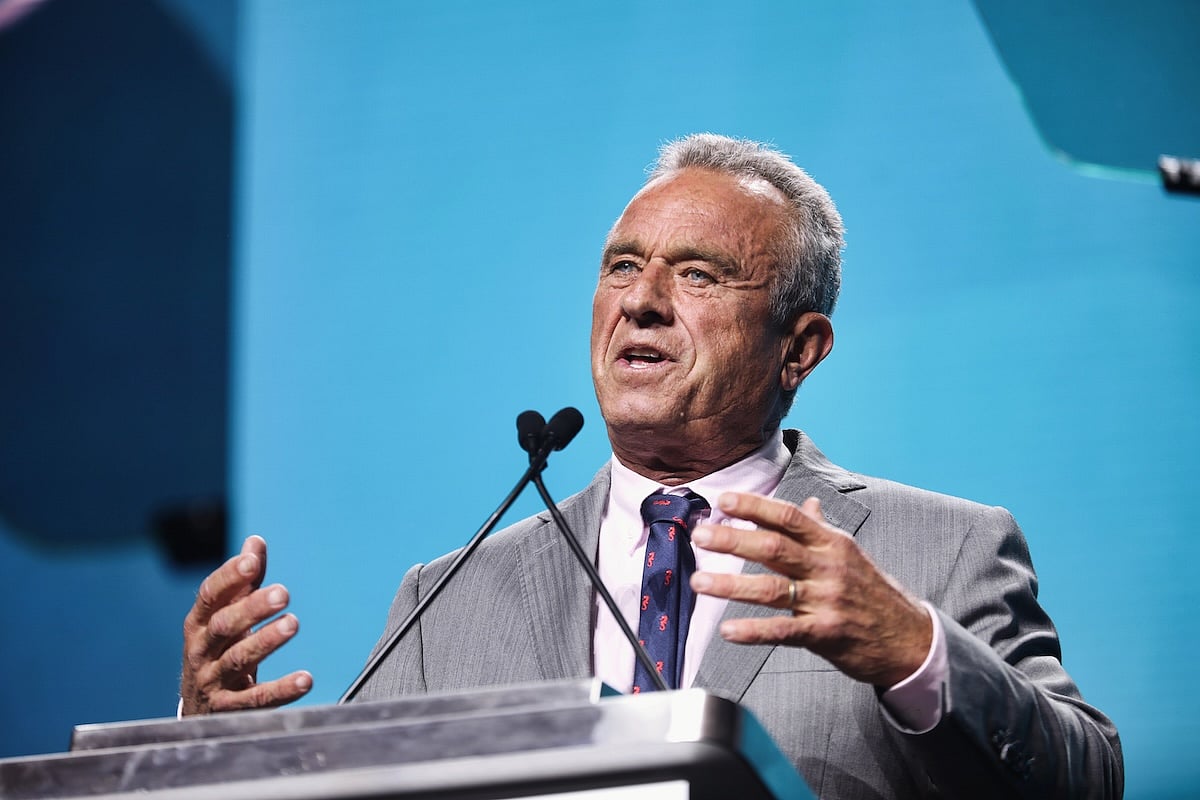Get Healthy!

- I. Edwards
- Posted July 16, 2025
Thousands Laid off From NIH, FDA and CDC After Supreme Court Decision
Thousands of health workers lost their jobs this week after a U.S. Supreme Court ruling cleared the way for the Trump administration to move forward with major staffing cuts.
On Monday, the U.S. Department of Health and Human Services (HHS) finalized 10,000 layoffs across federal health agencies, including the National Institutes of Health (NIH), U.S. Food and Drug Administration (FDA) and U.S. Centers for Disease Control and Prevention (CDC), The New York Times reported.
The layoffs followed a March announcement by Health Secretary Robert F. Kennedy Jr., who called for a major department overhaul.
The affected workers included staff responsible for travel logistics, communication, medical research contracts and other related tasks.
“Thank you for your service to the American people,” said an email sent to workers as they were removed from the payroll.
Some employees who received layoff notices April 1 first learned they were let go when their building access badges stopped working.
But many folks still remained officially on the payroll until 5 p.m. Monday, when the high court allowed the administration to move forward, even as legal challenges continue, The Times said.
While the administration called many of the jobs "redundant," critics liken the cuts to having doctors but no support staff in a hospital.
“What I have seen is some of the very best people, people who have alternatives, who have choices, have decided they just don’t want to stay in this limbo land,” said Dr. Ashish Jha, dean of Brown University’s School of Public Health who was former President Joe Biden’s COVID-19 response coordinator.
Jha warned that the ongoing staffing cuts could cause more employees to leave. "They don’t want to be in an organization that’s under such upheaval,” he said.
In total, HHS plans to cut about 20,000 jobs this year. That includes earlier layoffs, early retirements and buyouts. The department is also shrinking its number of divisions from 28 to 15, The Times said.
While officials pointed to the department’s $1.8 trillion budget as a reason for the cuts, experts said payroll represented less than 1% of that amount. Most of the money funds programs like Medicare and Medicaid.
A federal lawsuit filed in Rhode Island by 19 states and Washington, D.C., claims the layoffs hurt essential health services. Some states lost access to help lines for quitting smoking, testing for sexually transmitted diseases and more.
A judge recently said that the changes appear to be unlawful, according to The Times, but the case is still ongoing. HHS says workers involved in that lawsuit were not among those laid off this week.
Some of those let go handled public records, raising questions about government transparency, an NIH official told reporters. Other affected workers had supported contracts related to medical research.
Despite being placed on leave earlier this year, some of these employees were still asked to work, showing how hard it was for agencies to make do without them, The Times reported.
At the FDA, staff who coordinated international inspections were among those let go Monday. Others were let go in April but have since been rehired to fill gaps in services.
Responding to lawmakers last month, Kennedy said hundreds of laid-off workers were brought back, including experts in food safety, drug approvals and lead poisoning response.
More information
Learn more about the role of the U.S. Health and Human Services Department.
SOURCE: The New York Times, July 15, 2025

